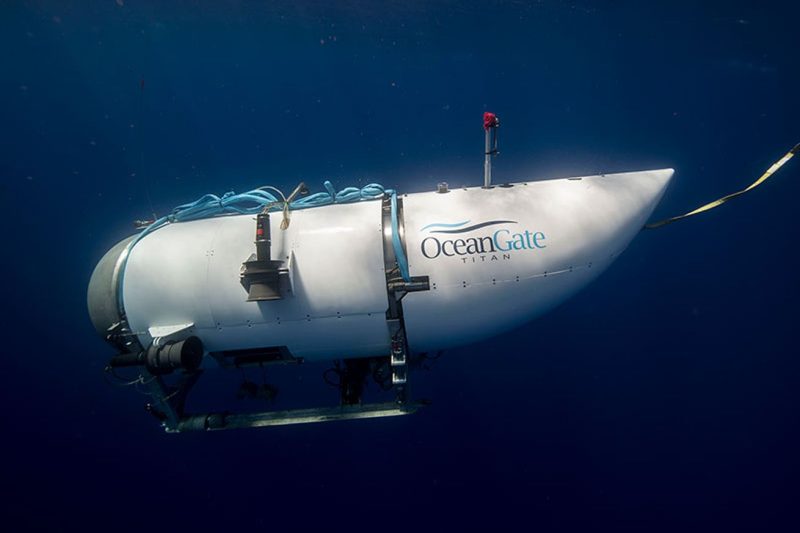In a noteworthy technological blunder that raises eyebrows and concerns regarding the reliability of systems crucial for human exploration of the ocean depths, OceanGate’s ill-fated Titan submersible reportedly relied on a hand-typed Excel spreadsheet to manage its critical tasks. This revelation serves as a cautionary tale for the necessity of robust, well-designed systems in high-stakes endeavors such as deep-sea exploration.
The reliance on a manually inputted Excel spreadsheet—a widely used software for data management and analysis—in a cutting-edge underwater vehicle like the Titan is surprising, to say the least. While Excel is a versatile tool for many applications, it is hardly the ideal platform for overseeing the intricate operations of a state-of-the-art submersible designed to navigate the treacherous depths of the ocean.
This revelation hints at a concerning lack of attention to detail and oversight in the development and testing phases of the Titan project. The fact that essential functions and operations were managed through a spreadsheet created and maintained manually introduces unnecessary risks and vulnerabilities into the system. Any error or oversight in the spreadsheet could have far-reaching consequences for the safety of the crew and the success of the mission.
The incident underscores the importance of implementing robust and specialized software solutions tailored to the unique requirements of deep-sea exploration vehicles. While Excel may have served as a temporary solution during the early stages of development, relying on it as a long-term strategy raises questions about the overall technological readiness and maturity of the Titan project.
Moreover, the hand-typed nature of the spreadsheet raises concerns about data accuracy and integrity. Manually inputting data into a spreadsheet leaves ample room for human error, whether through typos, miscalculations, or oversight. In an environment as unforgiving and complex as the ocean depths, precision and reliability are non-negotiable requirements for the safe operation of submersibles.
Moving forward, it is imperative for organizations like OceanGate to prioritize the development of robust, automated, and specialized software systems to manage the complex operations of deep-sea exploration vehicles. Investing in tailored solutions that integrate seamlessly with the hardware and instrumentation onboard can enhance operational efficiency, data accuracy, and overall safety.
In conclusion, the reliance on a hand-typed Excel spreadsheet for critical functions within OceanGate’s Titan submersible serves as a stark reminder of the importance of robust technological systems in high-stakes endeavors. While the incident may have been a misstep in the development process, it underscores the need for meticulous attention to detail and the implementation of specialized software solutions in the realm of deep-sea exploration. As human exploration of the ocean depths continues to push boundaries and expand horizons, the reliability and sophistication of our technological tools must evolve in parallel to ensure the success and safety of future missions.
